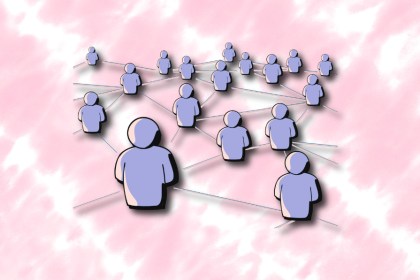
Small qualitative samples aren’t a weakness. They’re a strategy. This guide breaks down the evidence, the mindset gap, and how to build trust around research decisions.
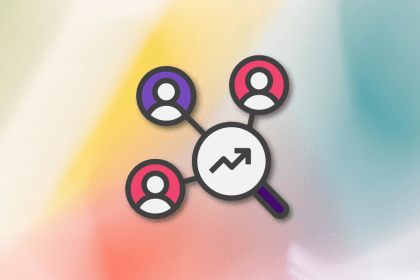
Paying for UX research participants is out and for good reason. In this guide, I’ll walk you through three smarter, cost-effective ways to recruit participants, their pros and cons, and how to make them work for your team.
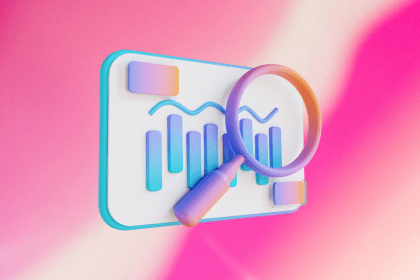
I used to think UX analytics was a PM thing until it changed how I design and supercharged my career.
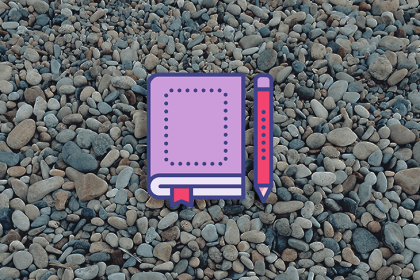
Documentation may not be your favorite part of the UX design process, but it’s crucial to the success of any design project.
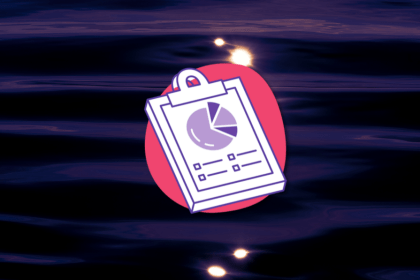
You don’t need a huge budget or a DEI specialist to start inclusive research. Just intention and the right approach. Here’s how to begin.
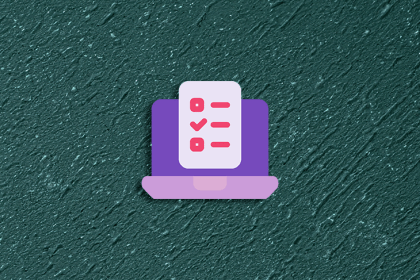
Here are ten great options for usability testing and what you should consider if you’re willing to invest in a usability testing tool.

Let’s break down UX benchmarking in detail to understand when you need it and how to go through the process step by step.

UX research should be easy to run and act on. ResearchOps helps you do both, but without the stress.
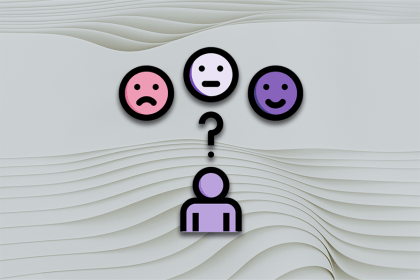
Empathy is a critical part of human-centered design, and it starts at the research stage. These tips will help you empathize with your users.
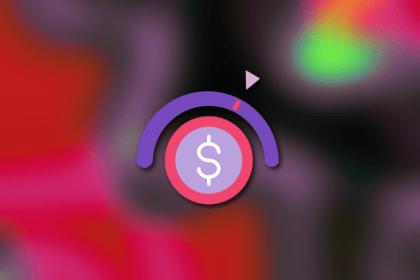
Think UX research requires a big budget? Nope. With the right approach, you can uncover valuable insights without spending a dime.
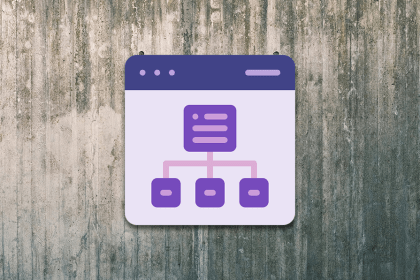
Along with staying organized, the tree testing user research technique can help people find what they need in a quick, easy way.
In UX research, eye tracking involves observing where test participants focus on and the order in which they navigate content.